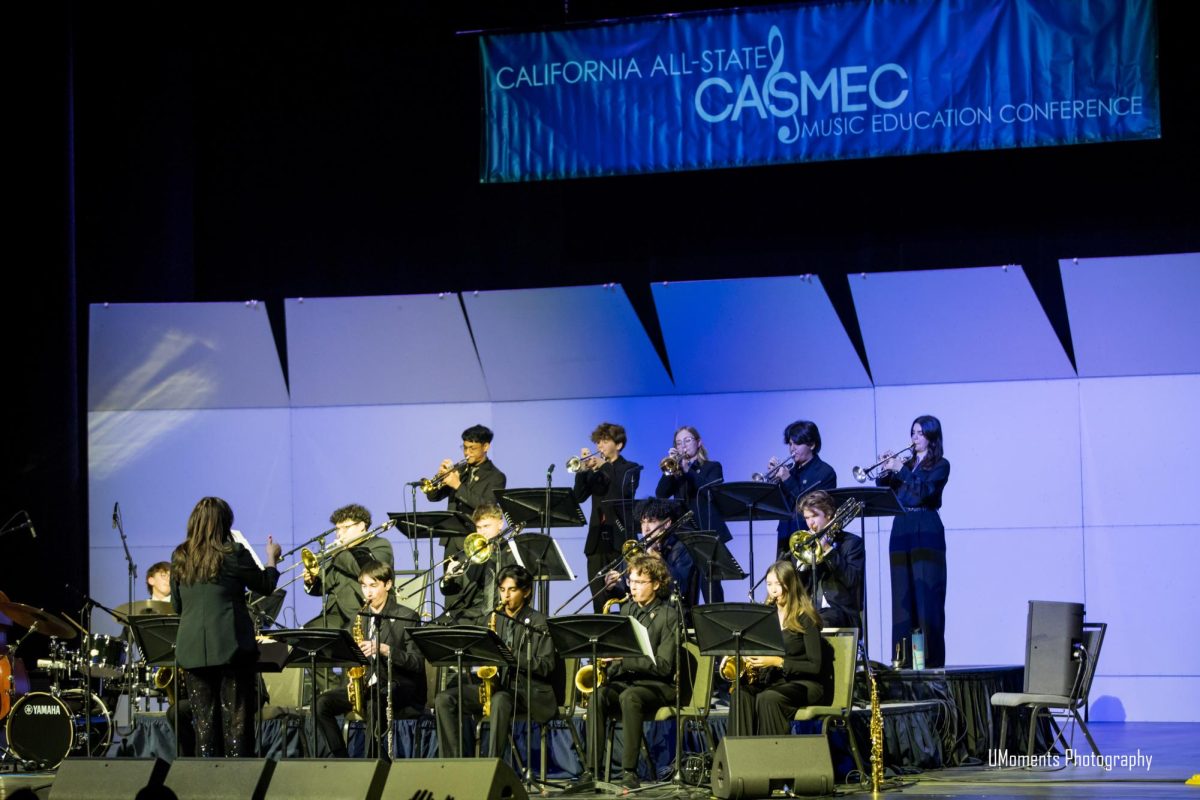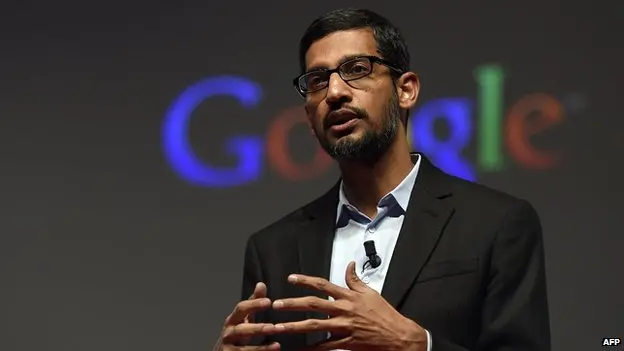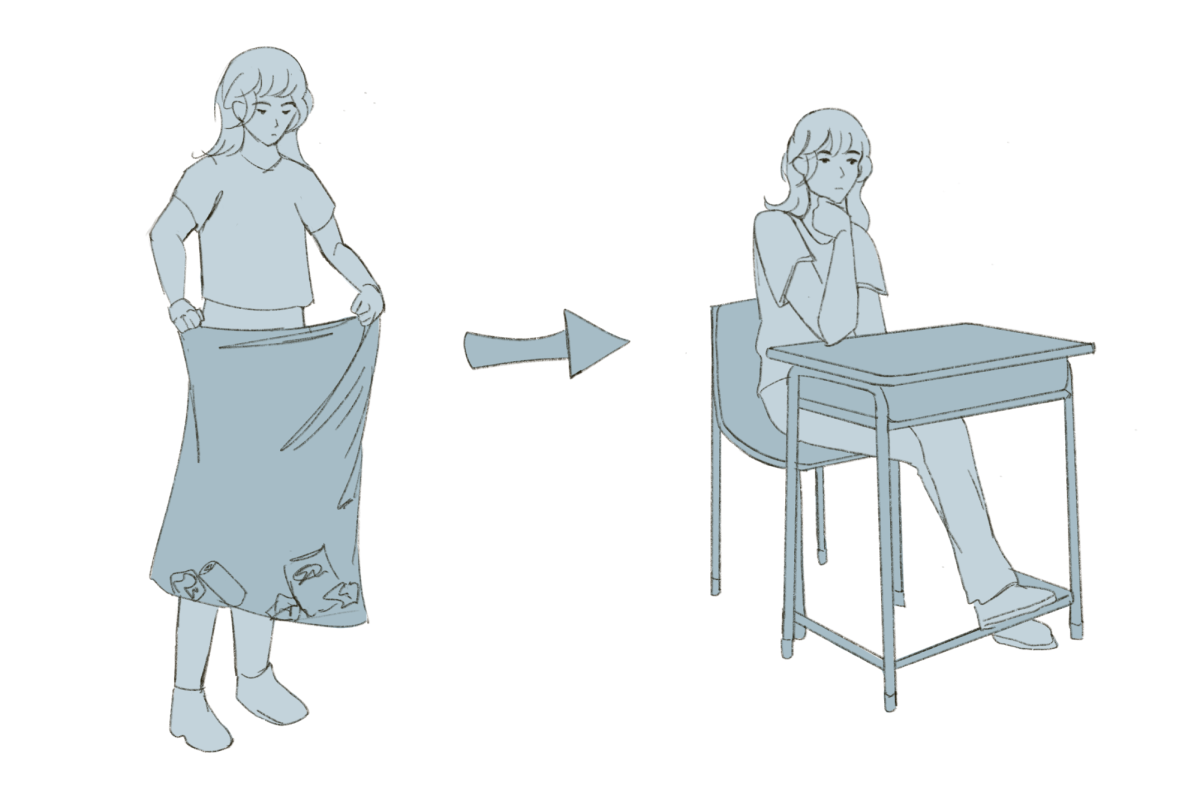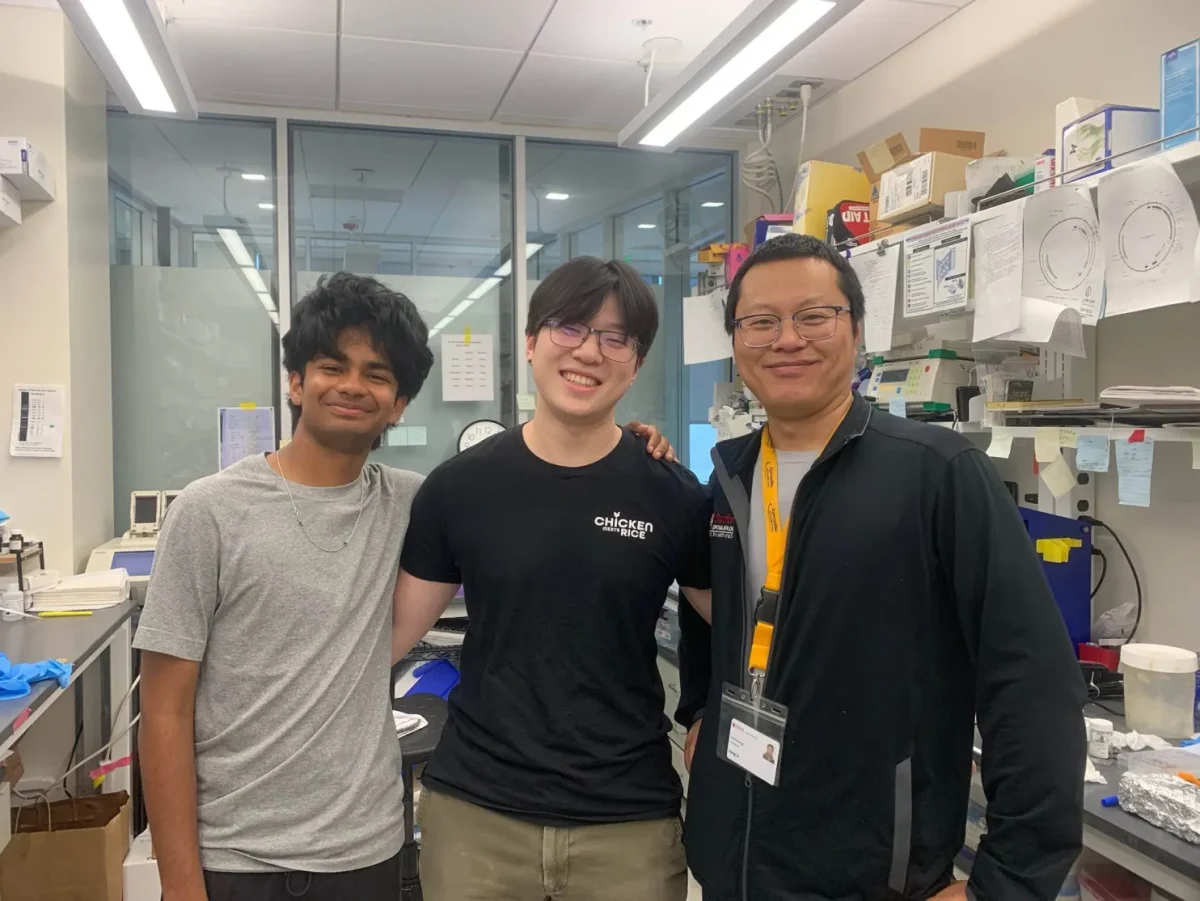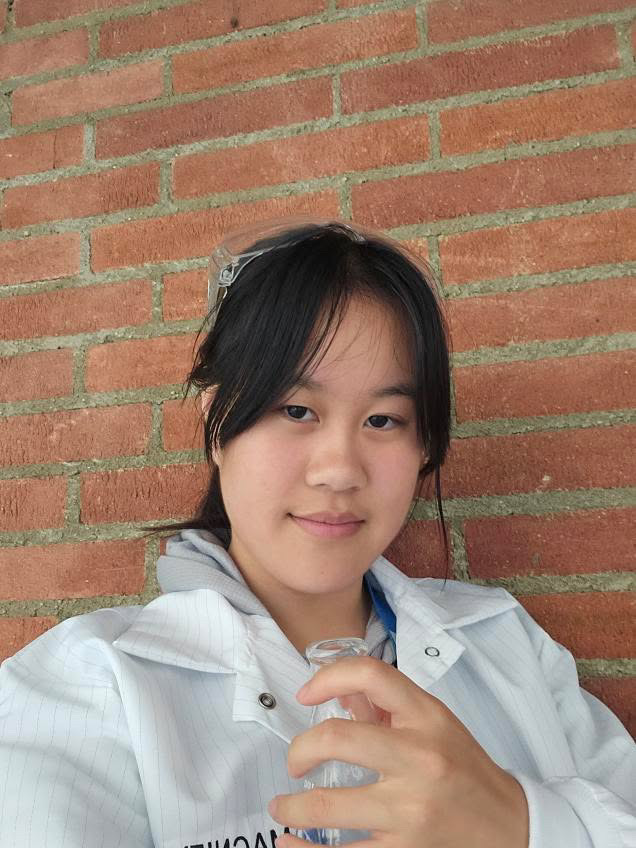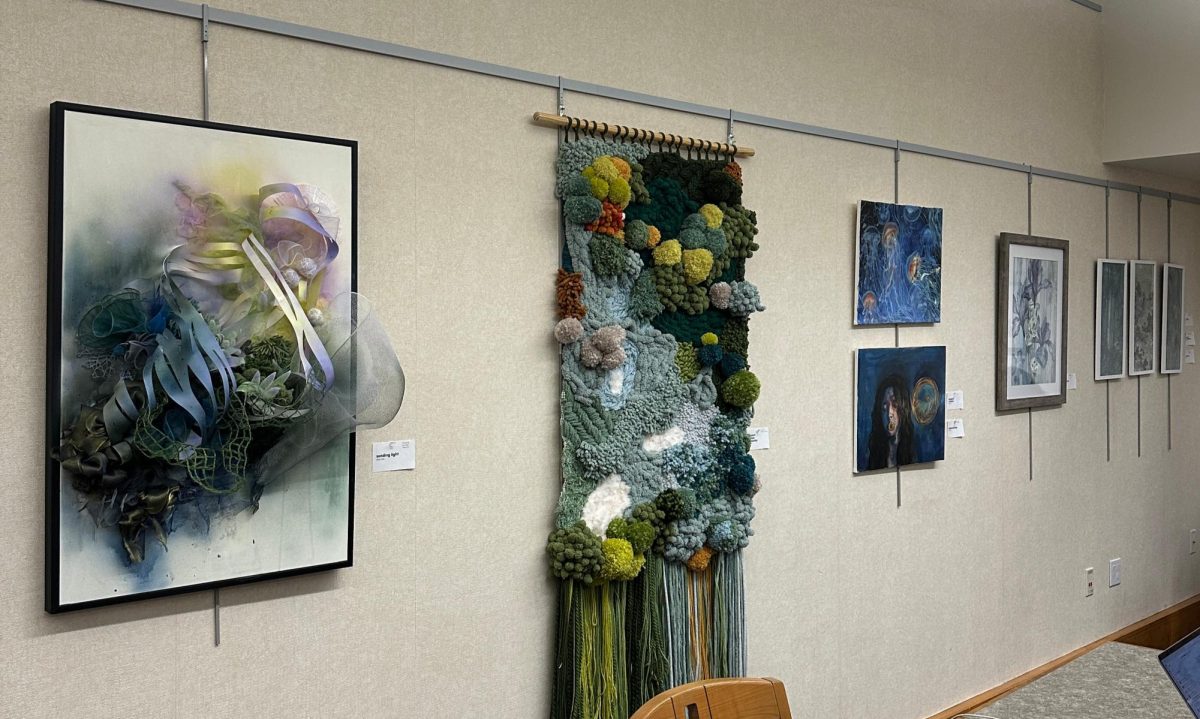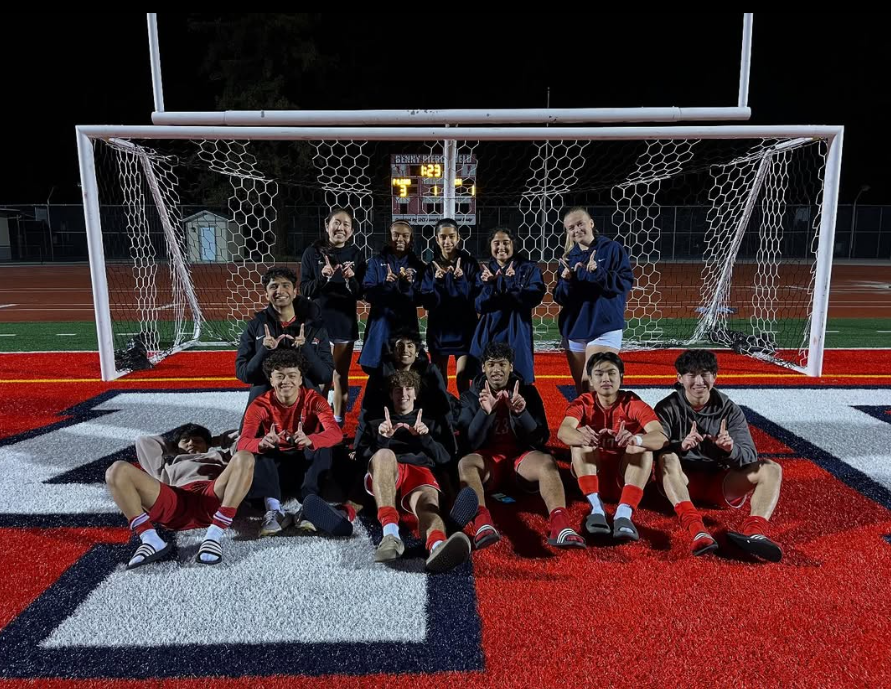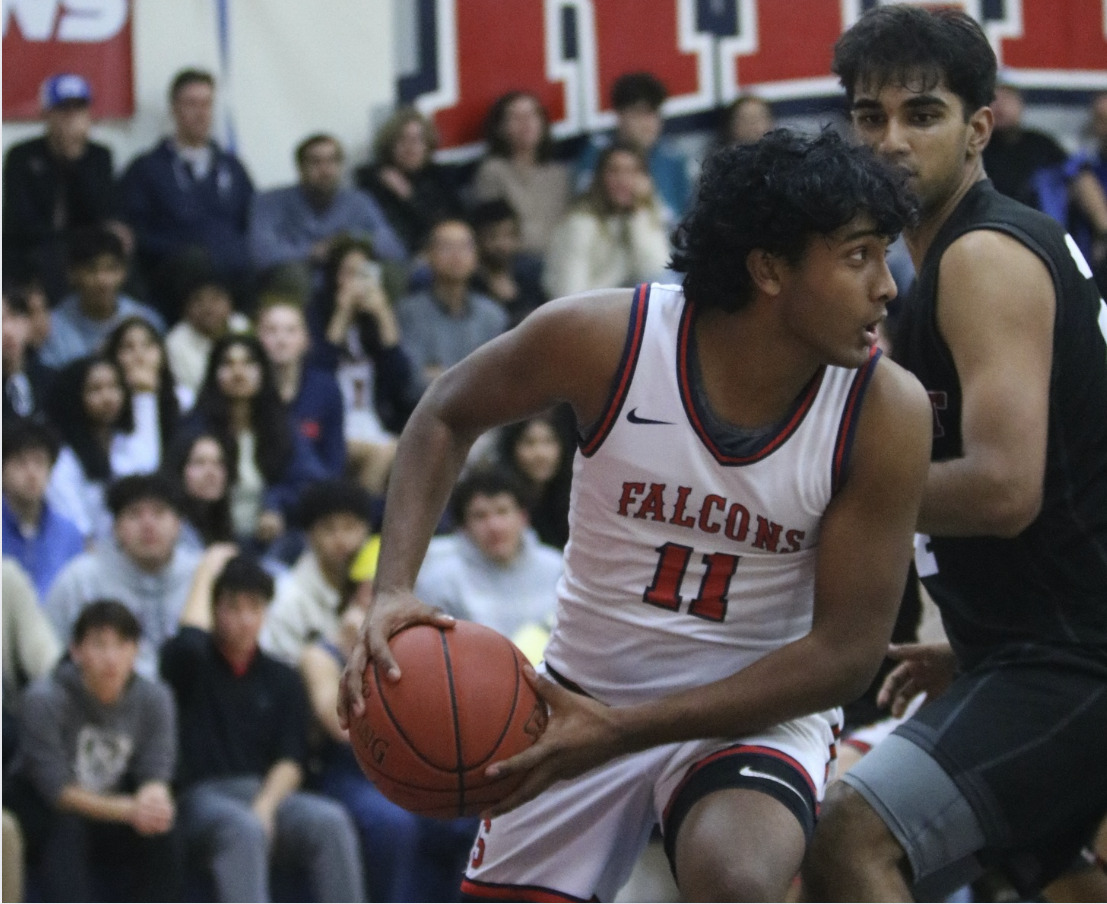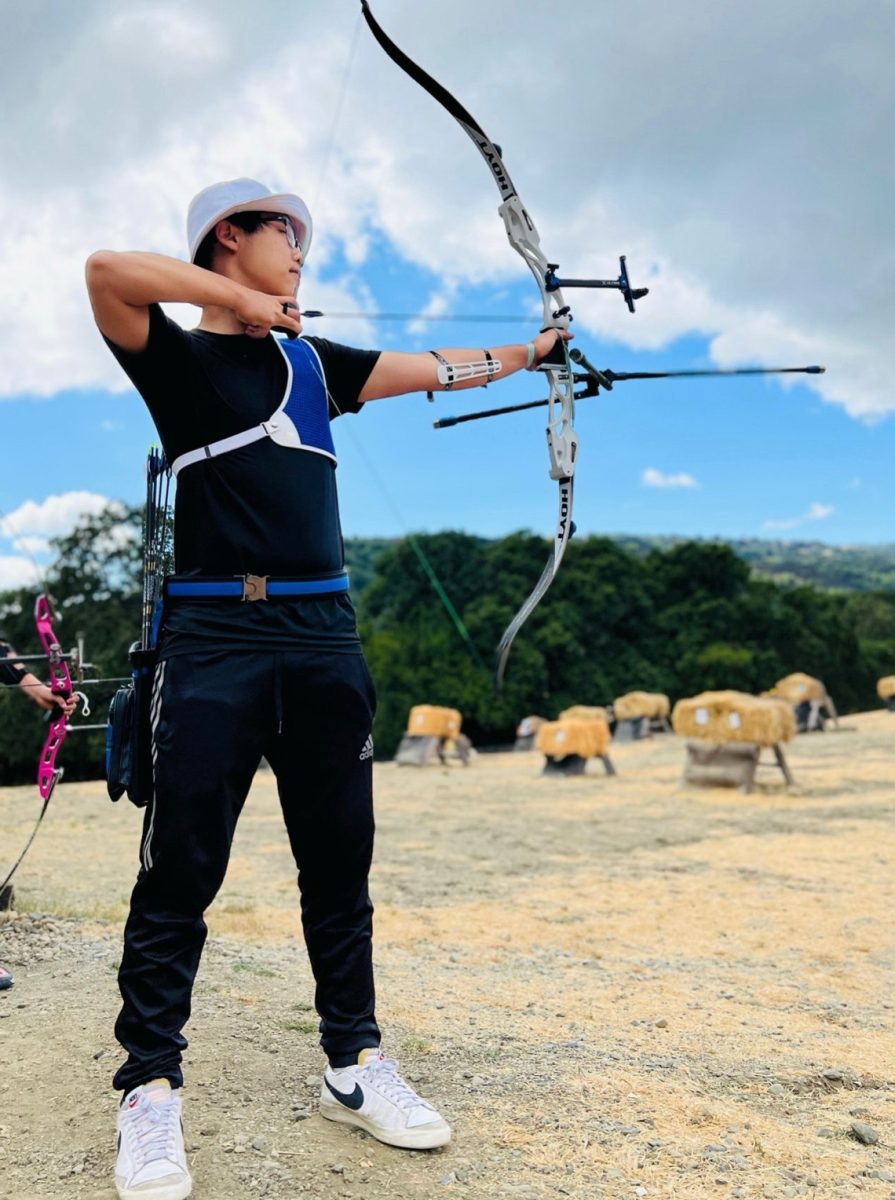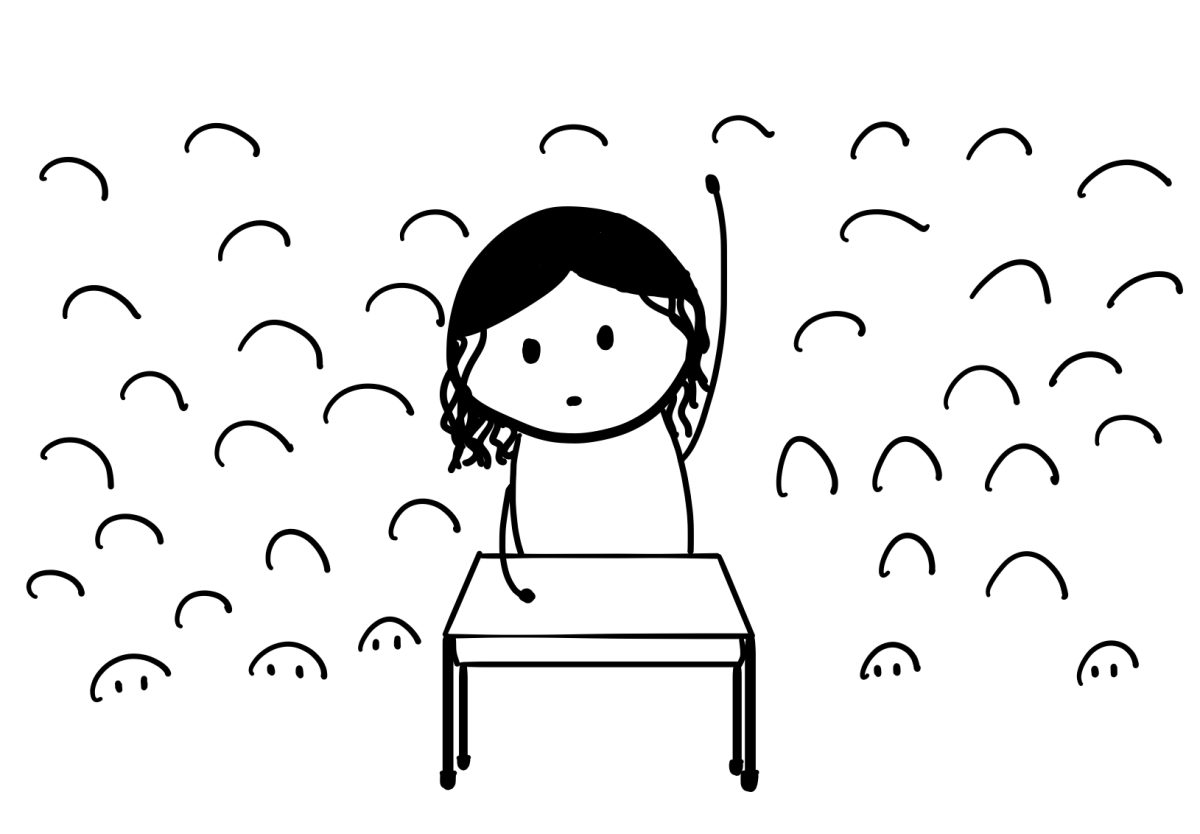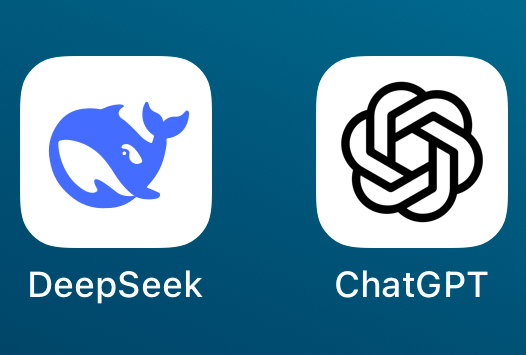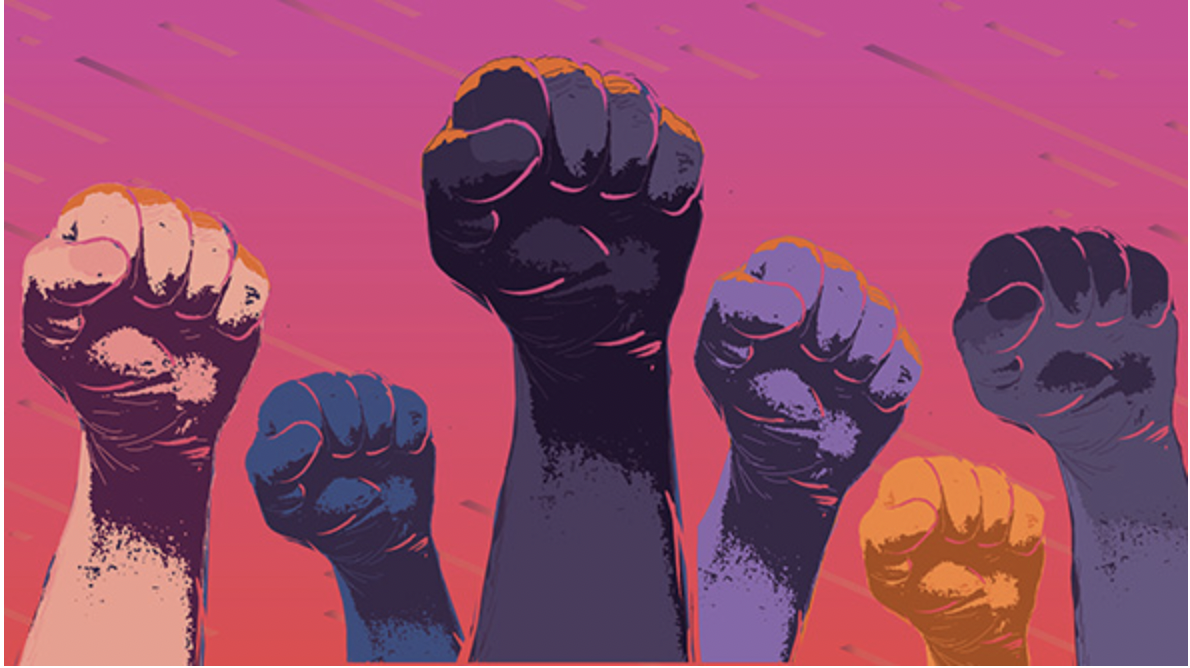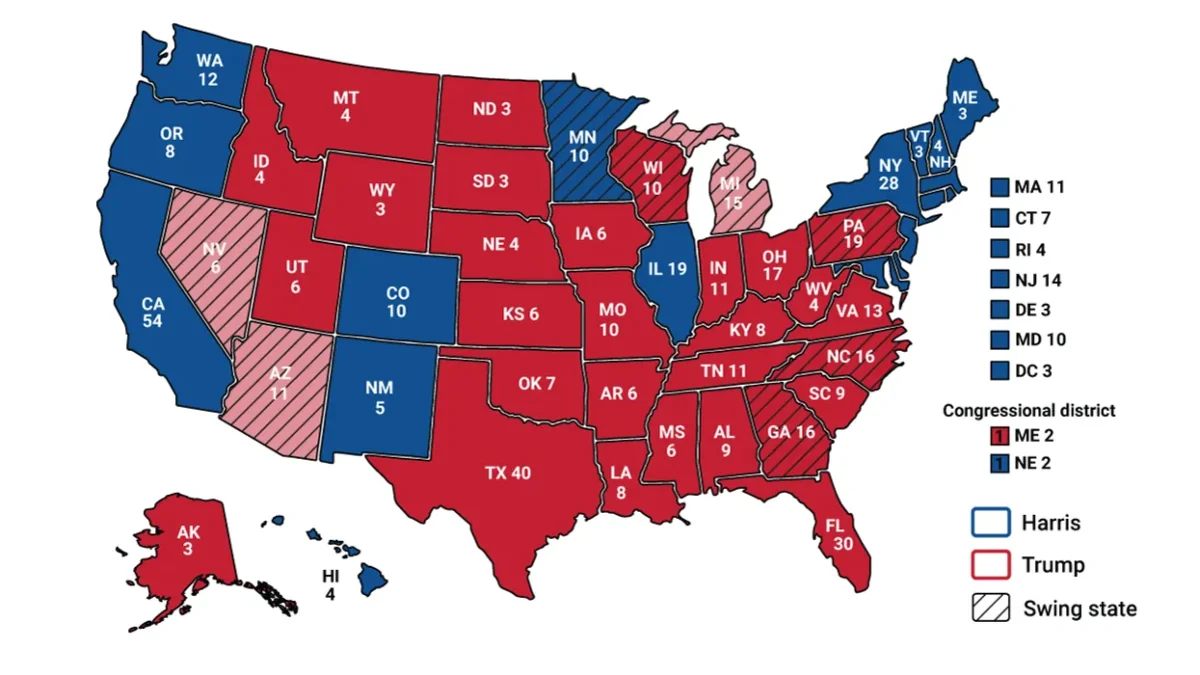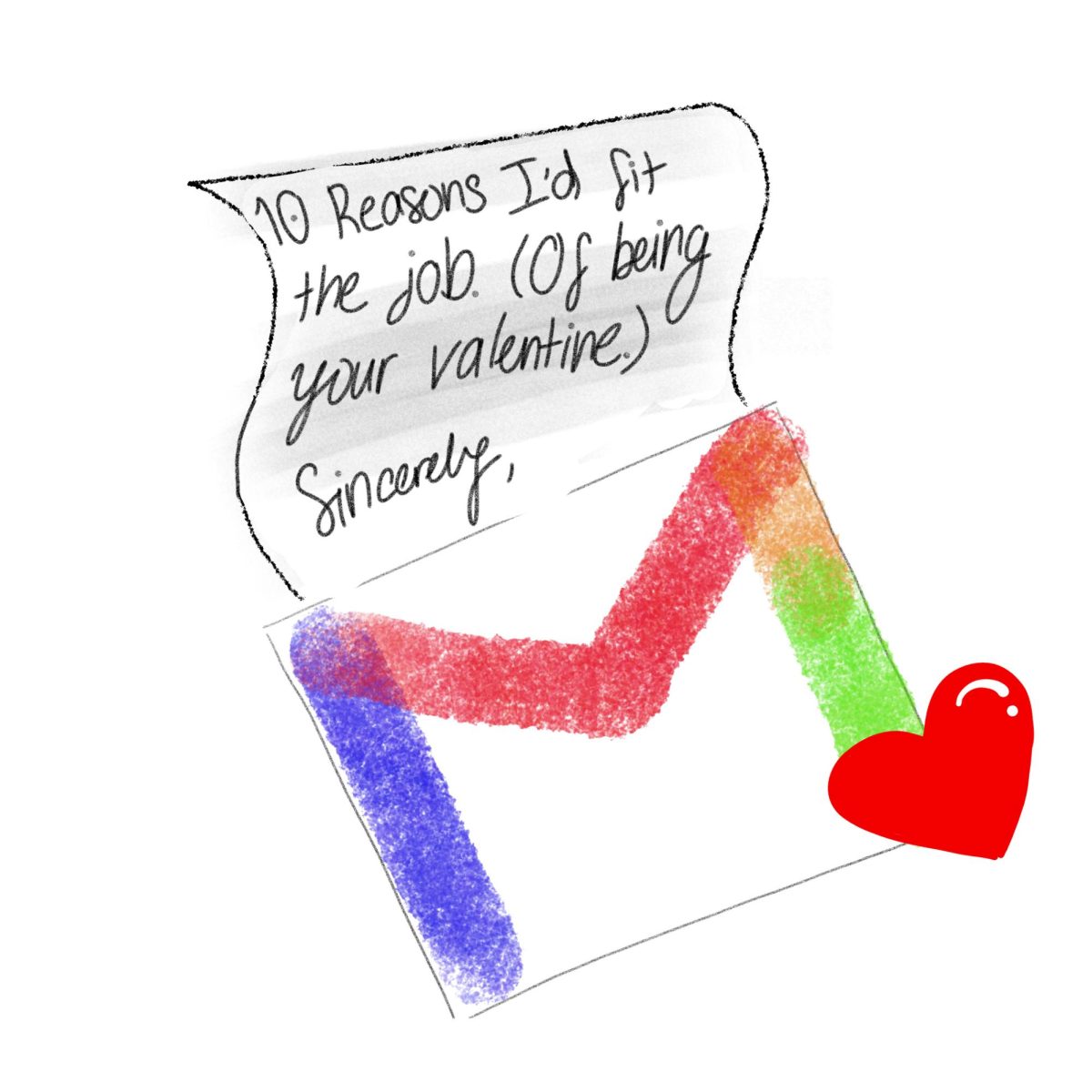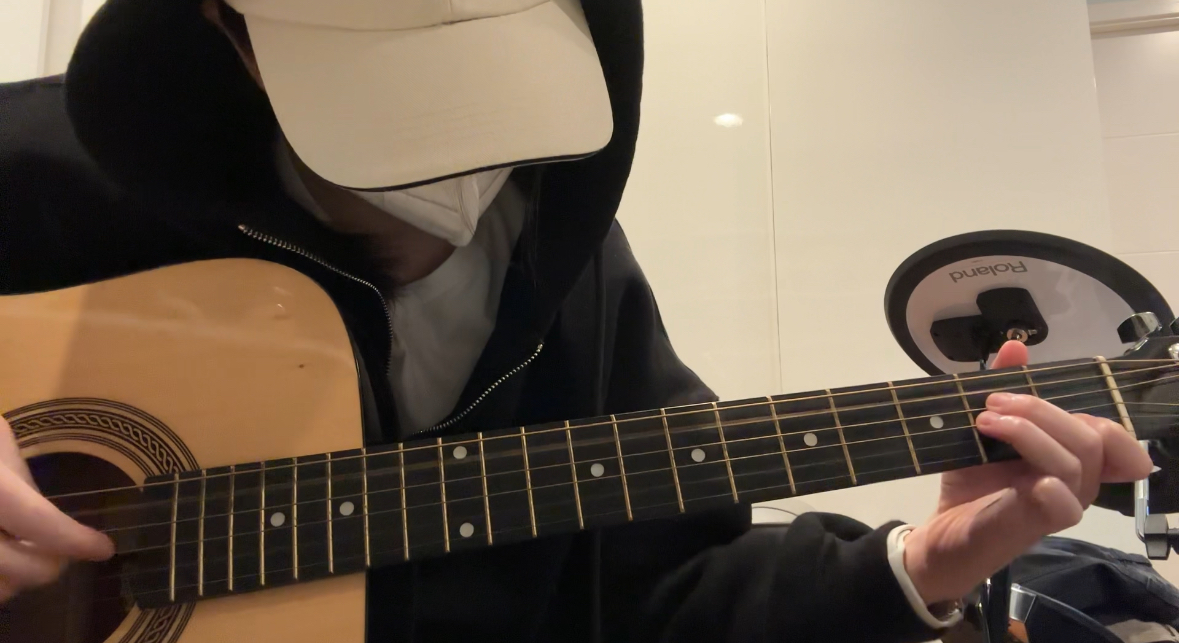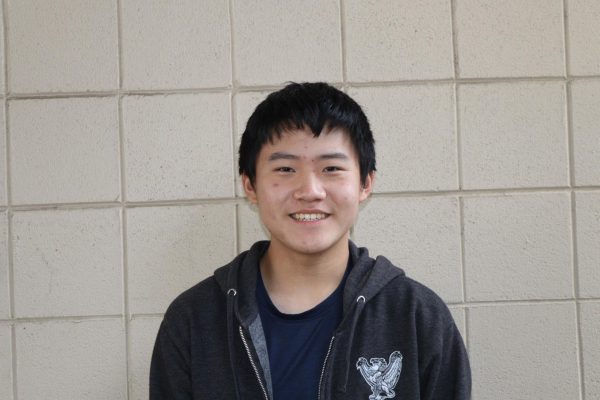Since his freshman year, junior Arjun Krish has been conducting research after school at a lab at Stanford University for as many as 30 hours in many weeks. His research has targeted a chronic eye condition that affects 4 million Americans: glaucoma.
His work has allowed him to present at multiple conferences about his findings and gain invaluable scientific experience that he hopes one day will give him a jumpstart on a path to a PhD.
Glaucoma is caused by the death of certain neurons in the optic nerve and retina. Since these neurons are unable to regenerate, glaucoma patients eventually go blind.
“Currently, there is no cure for glaucoma because nobody knows how to regenerate neurons really well, and this is the same for other neurodegenerative diseases like Alzheimer’s, Parkinson’s or anything else,” Krish said. “So what we do is we actually seek to regenerate these neurons through gene modification.”
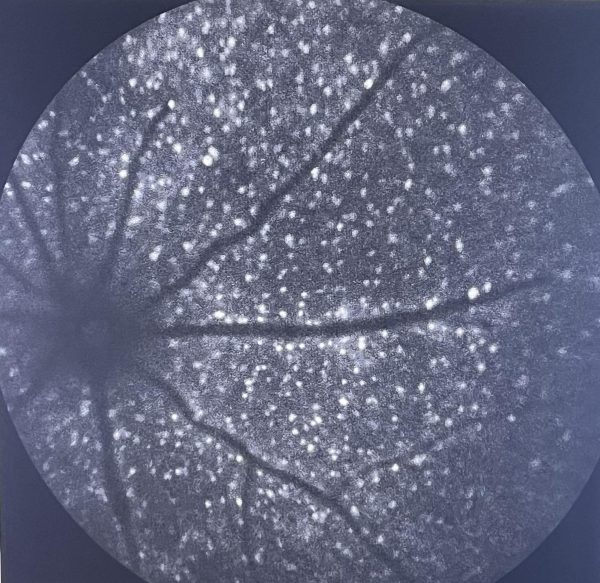
Krish’s passion for biology was sparked in seventh grade when he took a biology course covering the majority of AP Biology. So, when deciding what he wanted to research, he decided on a subdivision of biology: neuroscience.
Eager to engage in neuroscience-related research, he began emailing labs at Stanford, West Valley Community College, UC Santa Cruz and UC San Francisco at the start of his freshman year. He received rejection after rejection, with most telling him they were understaffed and that he should contact someone else. As his options diminished, Krish’s determination to find a lab suitable for him didn’t waver.
“I’m really passionate about both biology and chemistry, so I want to do something there and definitely neuroscience,” he said. “So I ended up emailing basically every single lab on the neurobiology page at Stanford because they do mostly translational neurobiology work, which is pretty cool.”
Eventually, on the 20th or 21st lab Krish decided to email, the principal investigator took him in as a volunteer.
Krish believes he had an advantage because he had a strong background in biology theory and also knew how to code in multiple languages.
The work in the lab hasn’t always been what he expected, including the need to sift through scientific publications for useful information. He said his biggest challenge during the research process was learning how to review publications and identify which ones were applicable to his project.
He also struggled with staying patient during the intricate experiments, which took four months for 25 mice. In batches of five, Krish differentiated each mouse by creating small cuts on their ears and noting information on the initial state of their vision.
Then, the mice went through a process which stimulated the growth of glaucoma over the course of one to 16 weeks. Afterward, Krish injected DNA and RNA vectors into the mice’s eyes, allowing the viruses to affect the retinal neurons. As time passed, he collected images of the mice to be analyzed. Finally, the mice were euthanized and their retinas were harvested to be imaged.
“I would kind of rush through experiments, thinking ‘I know the process.’ But what happens is you end up doing something slightly different from what you’re intending to do and you think it’s not going to be a big deal. But in the end, it actually does turn out to be a big deal,” Krish said.
Additionally, the research process took up a large majority of his time outside of school. He estimates he spent an average of 20 to 30 hours per week on the project. Later he also attended and presented his findings at conferences like the 33rd Biennial Cornea Conference and the 2024 Optic Disc Drusen Hybrid Conference.
Although his research has taken enormous effort and diligence, Krish has enjoyed the experience and is optimistic about continuing research in the future. If Krish ends up studying at Stanford as an undergraduate, he would be allowed to start his Ph.D. as an undergraduate and finish it. directly out of his undergraduate studies, leveraging the research experience he accumulated in high school.
Along with the educational stimulation research provides, Krish was able to receive free school merchandise and free food during his time working in the lab. He was also able to get his personal workspace and a Stanford email, giving him access to an abundance of resources.
“Research is like a game — you end up getting addicted, spend a ton of time and eventually end up raging at stupid mistakes, but end up with a cool enough product to call it a day,” Krish said.


